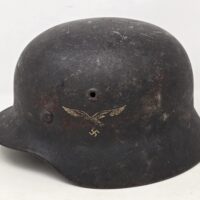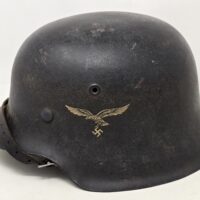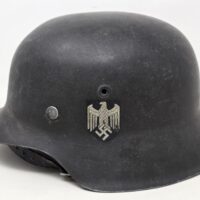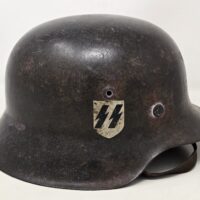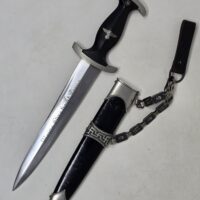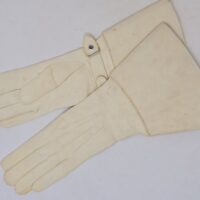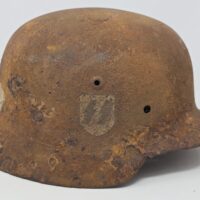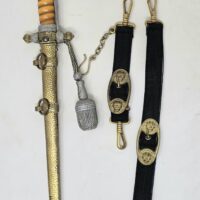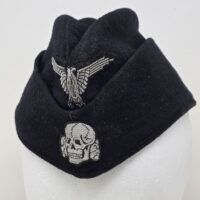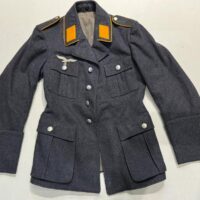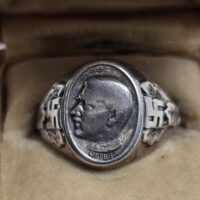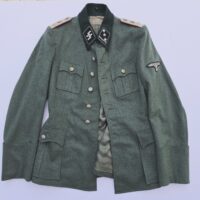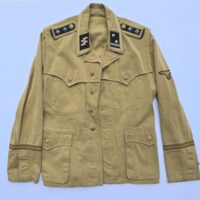Shop
Showing 1–15 of 715 resultsSorted by latest
Send Enquiry for German Railway Train Eagle 24” Reichsbahn
Enquiry email sent successfully!Send Enquiry for Service Used M40 Luftwaffe Helmet
Enquiry email sent successfully!Send Enquiry for Excellent M-42 Luftwaffe Helmet
Enquiry email sent successfully!Send Enquiry for Fine Heer M42 Helmet
Enquiry email sent successfully!Send Enquiry for EF M42 Waffen-SS Helmet
Enquiry email sent successfully!Send Enquiry for Outstanding SS Chained Dagger / Dolch
Enquiry email sent successfully!Send Enquiry for SS / SA Parade White Gauntlet Gloves, Vet Bringback
Enquiry email sent successfully!Send Enquiry for Relic Waffen-SS M35 from Kurland
Enquiry email sent successfully!Send Enquiry for Outstanding Kriegsmarine Dagger
Enquiry email sent successfully!Send Enquiry for Waffen-SS Panzer Schiffchen, Flatwire Insignia
Enquiry email sent successfully!Send Enquiry for Unissued Luftwaffe Flieger Private’s Tunic, LBA 1939
Enquiry email sent successfully!Send Enquiry for Service Worn Heer Double Decal Camo M35, Name Tag Sewn In
Enquiry email sent successfully!Heer, Luftwaffe, KM and Civic HelmetsService Worn Heer Double Decal Camo M35, Name Tag Sewn In
$1,850.00 Read moreSend Enquiry for Silver Hitler Cameo Ring, Boxed
Enquiry email sent successfully!Send Enquiry for NAMED Waffen-SS Obersturmführer of Pz.Jäger
Enquiry email sent successfully!Send Enquiry for Beautiful Waffen-SS Tropical Tunic for Senior NCO
Enquiry email sent successfully!

